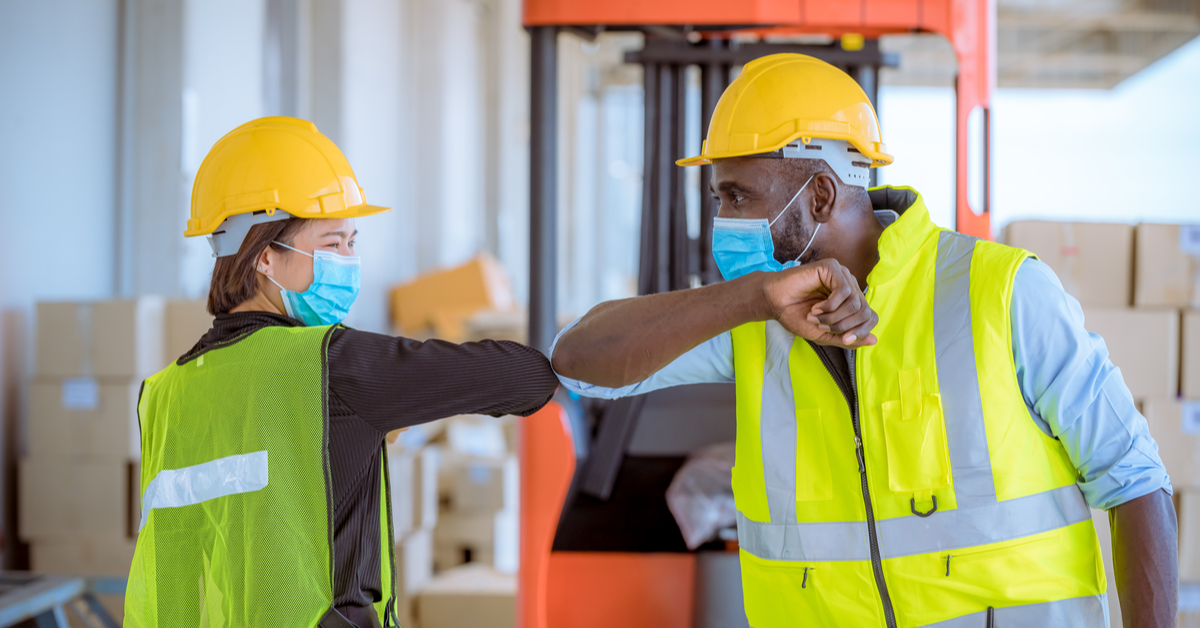The sustained rise of e-commerce throughout the COVID-19 pandemic has helped fuel the continued growth of industrial and logistics real estate of late. And with employers jockeying to lure workers during an ongoing labor shortage, the industrial sector has started to get creative in offering amenities to support employee well-being, according to a recent market trend report from JLL.
“Traditional warehouses are typically seen as big sheds located away from population centers, and are not necessarily zoned for other uses,” says Peter Guevarra, Director, Regional Research, Asia Pacific, JLL. “Amenities for employees in warehouses were not always seen as a requirement to attract the workforce.”
But while it’s true that the industrial segment has traditionally trailed behind offices in providing quality-of-life features for workers, developers globally are starting to incorporate human-centric design to help companies attract talent. Australia’s Frasers Property Industrial, for example, last month revealed a new “Premium Estates” initiative for new industrial and logistics developments, with modular design that incorporates green open spaces and outdoor fitness facilities that can be enjoyed by both employees and the community at large. At the company’s Vantage Yatala property in Queensland that began construction earlier this year, the Premium Estates concept is realized in the form of an fill-sized basketball court.
Not to be outdone, American companies are getting in on the action as well. Clothing company ASOS, for instance, is opening a one-million-square-foot distribution center in Georgia that includes two basketball courts, a soccer field and an indoor gym. But the facility has non-fitness amenities as well, including a pizza and grill station and even a pop-up nail bar. Such additions, while unconventional, are in line with a survey conducted by JLL earlier this year, which found that relaxation spaces, healthy food services and outdoor spaces rank highest among well-being amenities employees want in their physical workplaces.
“Across modern logistics facilities, more wellness amenities are being incorporated into building design including food offerings, childcare centers, gyms and improved in-building connectivity,” Guevarra said.
He added that the movement to incorporate such creature comforts in industrial facilities is still very nascent, with “only the larger logistics occupiers and developers” thus far incorporating human-centric design.
“But more players will follow,” Guevarra said, “particularly as we also move into an era of ESG (environmental, social and governance) and sustainability.”
And as ever, the financial viability and return on investment with such additions is still a concern.
“While there will be short-term financial costs, there will be potential upsides in the longer term in terms of worker retention, productivity, and reduced absenteeism,” said Guevarra.






